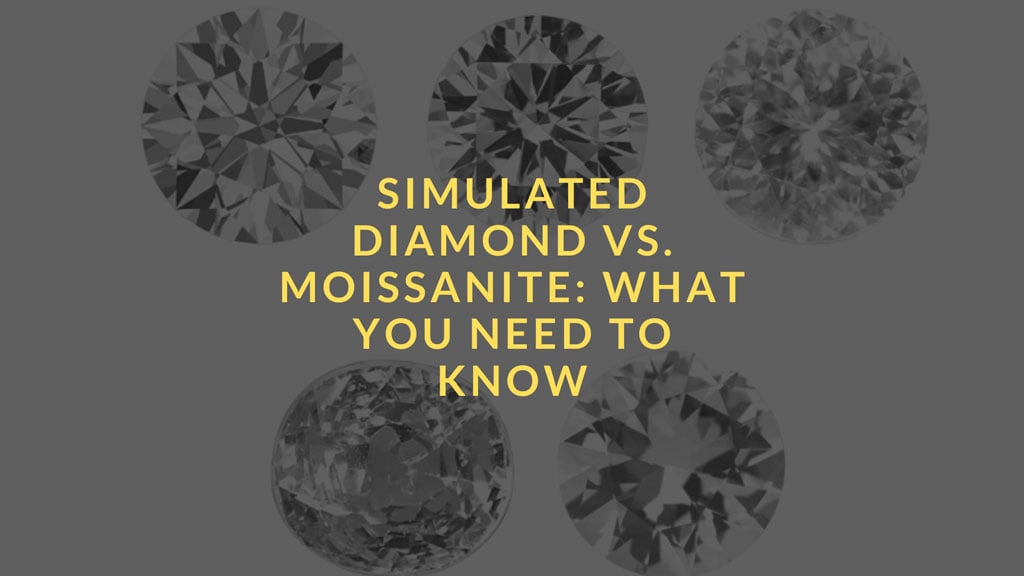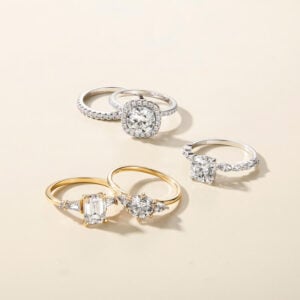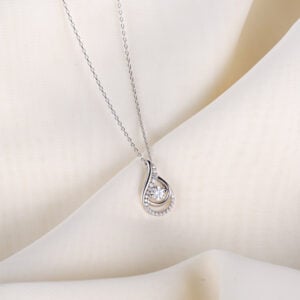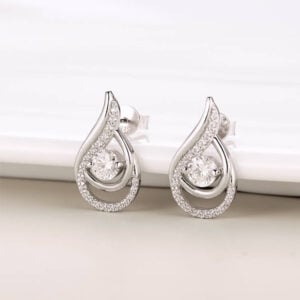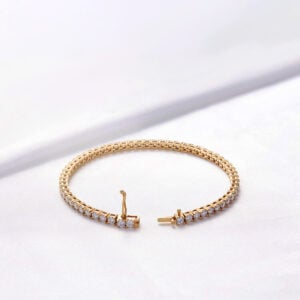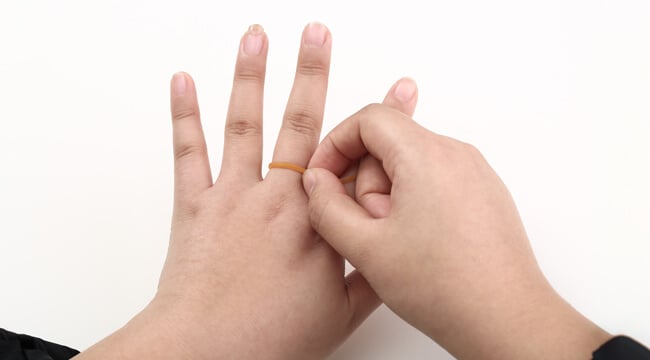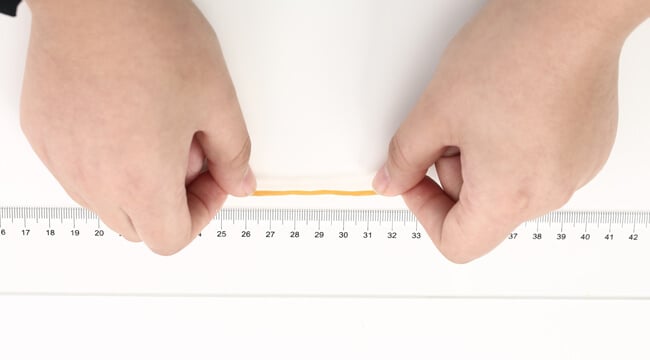Ever found yourself caught in the sparkling debate between simulated diamonds and moissanite? Like a Sherlock Holmes mystery, each has its allure, but how do they really compare? Dive in with me to uncover the glinting details.
What are Simulated diamonds?
Simulated diamonds, often referred to as diamond simulants, are gemstones that closely resemble natural diamonds in appearance but have distinct chemical and physical properties. These gems are created in laboratories using advanced techniques, and they offer an ethical and affordable alternative to traditional diamonds.
Some of the well-known members of this imitator family are cubic zirconia (CZ), rhinestone, the crystal-clear white sapphire, spinel, rutile, the intriguing strontium titanate, as well as YAG (short for yttrium aluminium garnet) and GGG (known fully as gadolinium gallium garnet).
If you’re interested in diving deeper into the world of diamond alternatives, you might want to read this complete guide to substitute diamonds which provides a comprehensive overview.
Now, there’s a twist. We also have lab-created diamonds. These aren’t the same as the look-alikes I mentioned earlier. Often dubbed synthetic or artisanal diamonds, they share the same DNA (metaphorically speaking) as earth-mined diamonds in terms of structure and composition.
They’re as hard as natural diamonds (scoring a solid 10 on the Mohs hardness scale) and share the same light-bending properties (with a refractive index between 2.417 and 2.419). The key difference? Lab-created diamonds are, as the name suggests, made in labs, while their natural twins are dug out from the earth’s crust.
Is Moissanite a Simulated Diamond?
No, moissanite is not a simulated diamond. Although it is often used as a diamond alternative in jewelry due to its hardness, brilliance, and overall appearance.
Moissanite is a gemstone made of silicon carbide. It was originally discovered in a meteor crater, so it is a naturally occurring mineral, although most moissanite sold today is lab-created. While it is visually similar to a diamond and often used as a more affordable alternative, its refractive index, dispersion, and other properties are distinct. It often exhibits more fire (rainbow-colored flashes of light) than diamonds.
More and more people are buying moissanite for its unique allure. To those who love moissanite, it’s a gem in its own right, not an alternative other stone.
Simulated Diamonds vs. Moissanite: A Closer Look
Entering the world of gemstones, you’re likely to come across simulated diamonds and moissanite as prominent alternatives to traditional diamonds. Both have their unique appeal, but they differ in several ways. Let’s simplify and break down their primary differences, focusing on their composition, visual appeal, and cost.
What They’re Made Of: Composition
Think of simulated diamonds as a versatile gem. They can be crafted from a range of materials, like cubic zirconia or white sapphire. This variety allows jewelers to cater to different preferences and budgets.
Moissanite, however, has a single source. It’s made of silicon carbide and was first discovered in a meteor crater. This unique origin gives moissanite a distinct and consistent allure.
How They Shine: Optical Properties
When it comes to shine and sparkle, moissanite is known for its fiery brilliance. It reflects light in a way that creates a rainbow-like effect, often appearing even more vibrant than a diamond.
Simulated diamonds, on the other hand, are all about emulating the classic shine of a real diamond. They’re designed to give you the familiar sparkle of a diamond, but at a fraction of the cost.
Durability Matters: Hardness Comparison
One of the significant factors to consider when choosing a gemstone, especially for everyday wear like engagement rings, is its hardness. Hardness determines a gemstone’s ability to withstand scratches and wear over time.
Moissanite scores impressively on the Mohs scale of mineral hardness, registering at 9.25. This makes it one of the hardest substances known, surpassed only by diamonds. Its high score means it’s resilient to scratches and everyday wear, making it an excellent choice for pieces that will see constant use.
Simulated Diamonds, depending on their composition, can vary in hardness. For instance, cubic zirconia, a popular material for simulated diamonds, rates an 8-8.5 on the Mohs scale. While it’s durable, it’s still softer than moissanite and can be more susceptible to scratches over time.
In summary, while moissanite edges out with superior hardness, simulated diamonds, particularly those made of cubic zirconia, still offer good durability. Your decision might lean towards moissanite if maximum durability is a top priority, but simulated diamonds remain a reliable and resilient choice for most jewelry purposes.
How Much They Cost: Price Point
Budget often influences our choices, especially with luxury items like jewelry. Moissanite, due to its unique properties, usually comes with a higher price tag than most simulated diamonds. However, when compared to real diamonds, moissanite is often the more affordable option.
Simulated diamonds, with their varied materials, offer a wide range of prices. Generally speaking, they are more budget-friendly, especially when stacked up against the cost of natural diamonds.
The Verdict: Unveiling the Ultimate Choice
In the grand showdown between simulated diamonds and moissanite, the ultimate choice rests upon your individual preferences and values. Simulated diamonds offer a stunning, budget-friendly option that mirrors the brilliance of natural diamonds. On the other hand, moissanite dazzles with its exceptional fire and ethereal beauty, all while championing ethical practices.
In the end, whether you opt for the radiance of a simulated diamond or the captivating allure of moissanite, both choices guarantee a breathtaking piece of jewelry that reflects your unique style.

